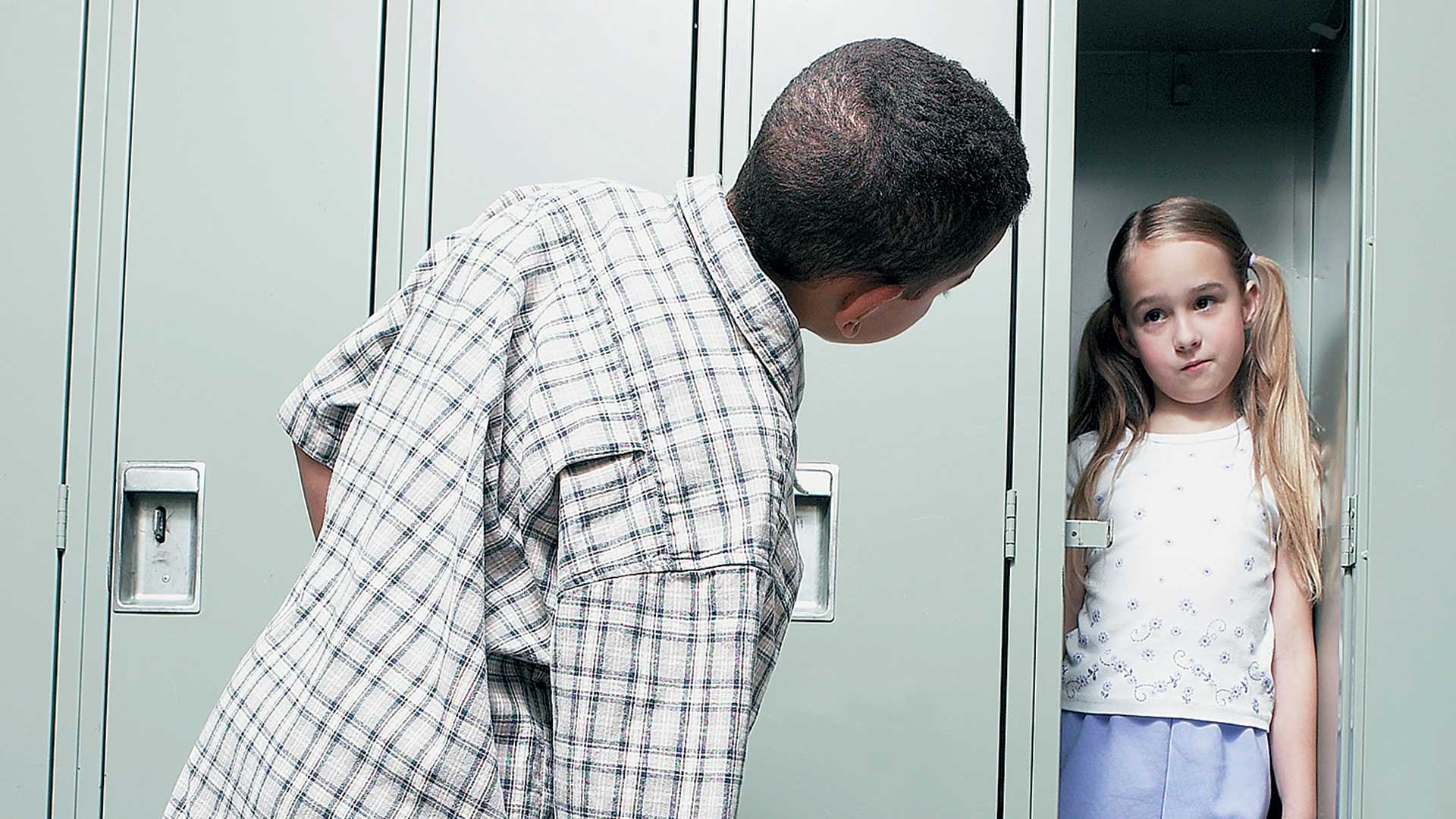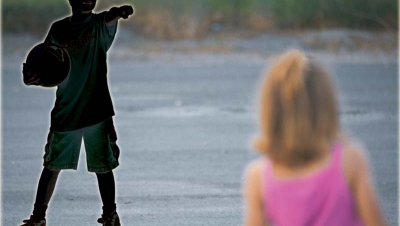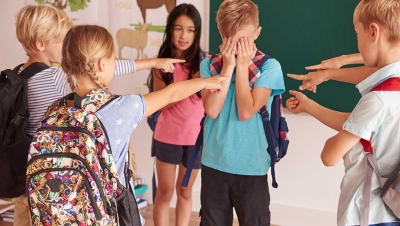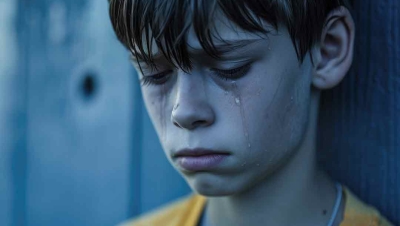Where Bullying Prevention Should Start? Early, Often, and Interactive...
The ideal recess time on the school playground seems to include children laughing, playing in the jungle gym, or participating in a game of hopscotch. It should be a nice break for students to spend some time outdoors, get some exercise, and have some fun.
Or is it?
Unfortunately, playgrounds have become the most common locale for bullying during school hours. Disagreements in the classroom can spill over to recess, increasing the chance that a child could become a victim of bullying—and possibly endure physical violence related to that bullying—on the playground. Many schools respond to this type of behavior with a simple scolding or the usual punishments of detention or a visit to the principal’s office. But others are addressing the problem with unique, preventive methods that can make a lasting impression on children.
Schools Taking a Stand
It’s not a traditional subject, but bullying prevention has become a serious enough problem in our society to warrant devoting classroom time to the topic. Bullying starts at a very young age, and the earlier the problem is addressed, the safer kids will be. However, the methods of bullying prevention education, as well as their effectiveness, vary greatly.
For example, a week-long bullying prevention campaign may fade from memory if the lessons aren’t reinforced throughout the school year. Further, teachers may be challenged to find a logical way to incorporate bullying prevention into their lesson plans as administrators instruct them to devote more time to traditional subjects such as English, math, and reading. That’s why some schools are looking for a longer-term, easy-to-implement solution as a supplement to existing curricula.
Bullying Prevention Goes High Tech
One such solution takes advantage of interactive computer technology in a classroom setting. Teaching bullying prevention on a computer makes sense because today’s elementary school children are more tech-savvy than ever.
Computers also provide more opportunities for interaction than a lecture or an informational brochure. Many interactive programs incorporate games and activities as part of the lessons so students can have some fun while they learn. Plus, when children participate via hands-on learning, they’re more likely to retain and apply the information if faced with a real-life bullying situation.
Incorporating games, videos, and online activities helps children not only better recognize bullying behaviors, but also develop other skills such as critical thinking and problem-solving. For example, children may learn the different types of bullying--physical, emotional, and verbal--then practice identifying those types in video demonstrations.
Breaking Down Barriers
However, formal bullying prevention education isn’t all fun and games. These are serious lessons that must be taught to all students. Without a complete program in the classroom, bullying prevention is dictated only by a given incident. A few students get disciplined, but the bigger message of why bullying is wrong becomes lost. Contrast that with the entire class learning the same messages through a bullying prevention program. The students learn together, gaining an understanding of the consequences of bullying, as well as the courage to stop it.
Children have been taught to seek the help of an adult if they’ve been the victim of bullying, and the presence of an in-class bullying prevention program enhances the communication between the teacher and the students. With instructor-led programs, children are encouraged to participate in group discussions by sharing their experiences or viewpoints with the class. The comfort level is increased and bullying victims are more likely to approach their teacher, principal, counselor, or other trusted adult in the event they need help.
In addition to better communication between teacher and student, bullying prevention programs can also help break down the barriers among the students themselves. Group work and activities help children learn to respect and value others’ viewpoints and personalities. Through this type of interaction, students have the opportunity to make new friends as they learn how to stop bullying together.
When an interactive, continuous bullying prevention program starts at an early age, bullying can be dramatically decreased as children become empowered to stand up to bullies and defuse these situations before they escalate to something more serious. Instead of being a victim or a bystander, kids will have the courage to take a more active role in bullying prevention, making the playground a safer and more fun environment for everyone.
Resources: Children's Wisconsin offers resources and programs - such as its Bullyfree Basics course - for children, teachers, parents, and caregivers to help keep kids healthy and safe.






